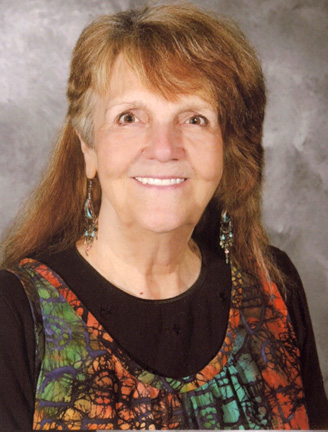The HSA web site features short profiles of members.
Catherine J. S. Lee
Meet HSA Member - Catherine J. S. Lee

Meet Catherine J. S. Lee
April 2015 profile by
Bruce Ross, New England Region
Catherine J.S. Lee lives in the most eastern town in the USA on an island in Maine near the border of Canada. She teaches at a school on the island. She has been writing fiction for over twenty years, publishing some of her short stories. She spends considerable time tending her garden in the appropriate seasons. She has published many of her haiku and senryu, forms she has taken up more recently than the short story, in print and online journals as well as haiku anthologies, including scent of pine, A Maine Haiku Anthology (Tancho Press, 2011). She is a member of the Bangor Haiku Group. Her haiku collection, All That Remains, won the 2010 Turtle Light Press Haiku Chapbook Competition. Catherine was chosen to edit the 2015 HSA Members Anthology.
BR: In the “Blogging Along Tobacco Road” Interview (March 14, 2010) your answer to, “Why do you write haiku?” was: “I write because I have to; It’s my way of making sense of the world.” How does your haiku:
cold snap
waking to the creak
of house timbersmake sense of the world?
CL: I was asleep and was awakened by sound and thought it was a disaster. I listened to recognize it. If you recognize a sound you were safe. . . . warm, etc. this sound is what happens in the cold.
BR: In the same interview you stated: “I was drawn to haiku as the polar opposite of story, focusing on the moment rather than the narrative, the essence rather than the epiphany.” In your haiku included in “scent of pine, A Maine Haiku Anthology” (2011):
mallards drift
into the pickerelweed
lazy afternoonhow is essence revealed?
CL: The essence is how I feel on a lazy summer day. It is a way of sharing my mental state on a lazy summer day . . . Other people have the experience and I am trying to capture it for them.
There is a sense of movement, as with the mallards, in many of your haiku. Is this a holdover orientation from narrative action applied to haiku or an aspect of a true moment?
It is not a holdover from narrative. I like things in motion . . . waves, kites, wind, clouds.
Such things make me happy. I am much more interested in the ocean with waves than perfectly dead calm.
BR: There is flora and fauna in many of your haiku that might be not recognized by other readers but the lyricism and sonorous effect come through as in the pickerelweed in the mallards haiku. Comment?
C: I have had a wildflower list for twenty years and regularly use Peterson’s guide to Flowers of the Northeast. If I can’t identify a wildflower, I cut a stalk and take it home to study. There is not so much interest for me in fauna. I am a flower person, working frequently in my garden. And a tree person.
BR: A kind of synesthesia in which many senses are at play in your haiku such as this from “Electronic Poetry Network” (July 25, 2010):
solstice rain
the scent of lupine
from dawn to darkAny comment?
CL: I don’t think about such usage. It occurs at the level of writing and life experience. It happens accidently and not by design but by observation. The use of senses in fiction writing carries overto haiku. Also, how I experience the world: how things feel, sound, smell. Henry James said, “Be one on whom nothing is lost.” So I don’t use synesthesia. But I write from life and like to incorporate more than one sense. I produce multi-sensory haiku as this which I placed in the Modern Haiku Spiess award:
falling leaves
the clang of horseshoes
in the frosty airBR: Could you name two or three haiku poets whose work you admire and why?
CL: My favorite haiku are always those that show me the world in a way I haven’t seen before and give me experience unlike any I’ve ever had, even if I have been in the situation before. Sometimes it’s that little shiver of recognition of something I know but didn’t know I knew, made suddenly fresh and compelling. Sometimes it’s something so far beyond my experience or knowledge that it’s like a whack to the soul. Those moments are also what I try to give readers, but there are so many poets who do it so much better than I, too many to single out two or three.
BR: You have placed many of your haiku in haiku journals, placed many of your haiku in well-known contests, and in 2010 won the Turtle Light Press Haiku Chapbook Competition. Now you have been chosen to edit the 2015 HSA Members anthology. Congratulations for all of this. How do you feel about this most recent recognition, the HSA Member Anthology editorship?
CL: First, I was in a state of disbelief and honored and humbled by it. Before I had a lot of time to think about it, I accepted. I am familiar with desktop publishing. I intend to go by what speaks to me in the submissions, choosing the best two for each poet, before making a final decision. I feel honored to be chosen to be a part of the process of doing the anthology, selecting what’s in it and how it looks, and this interview.
• • •
